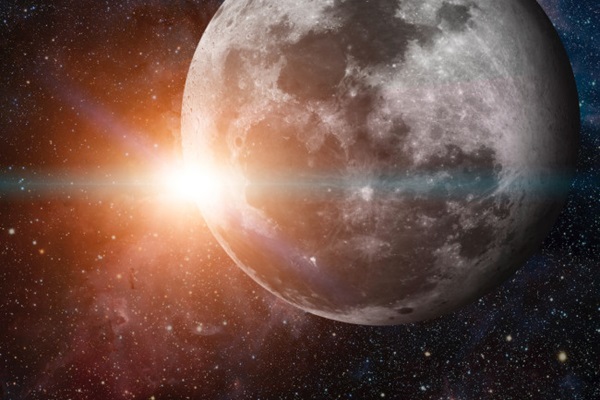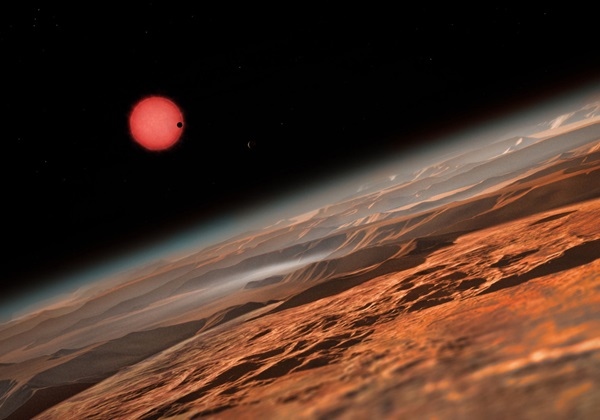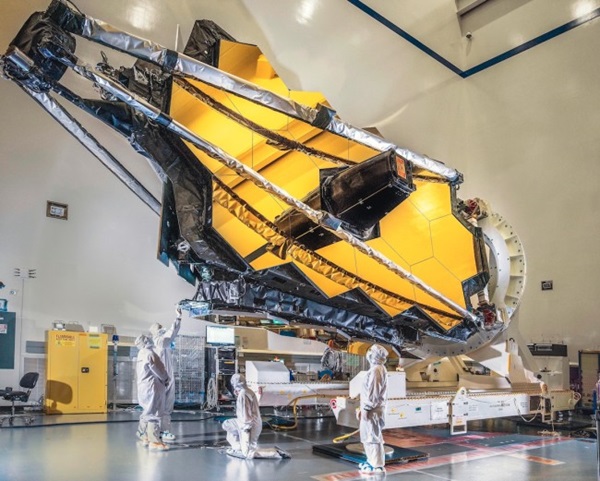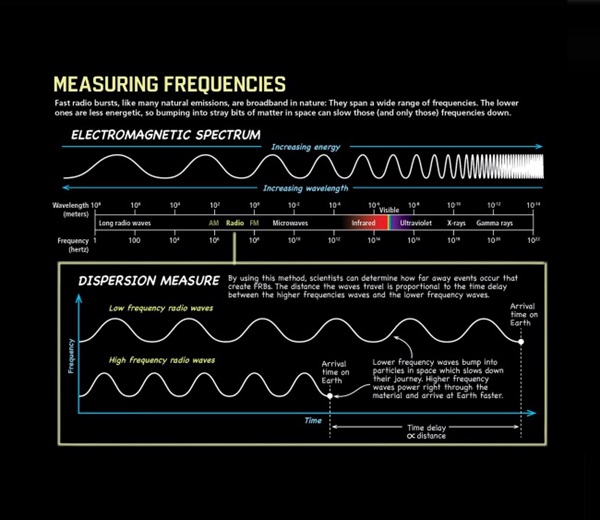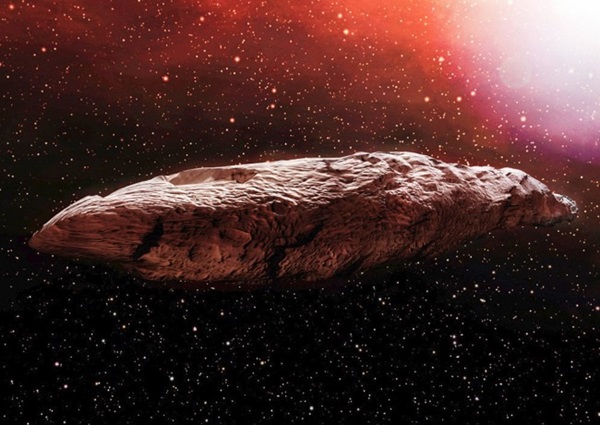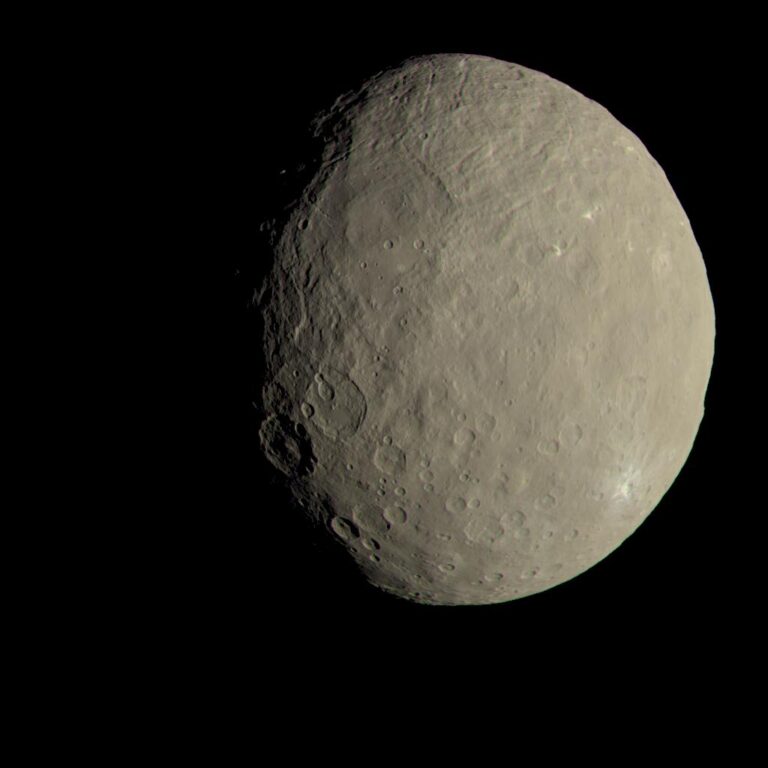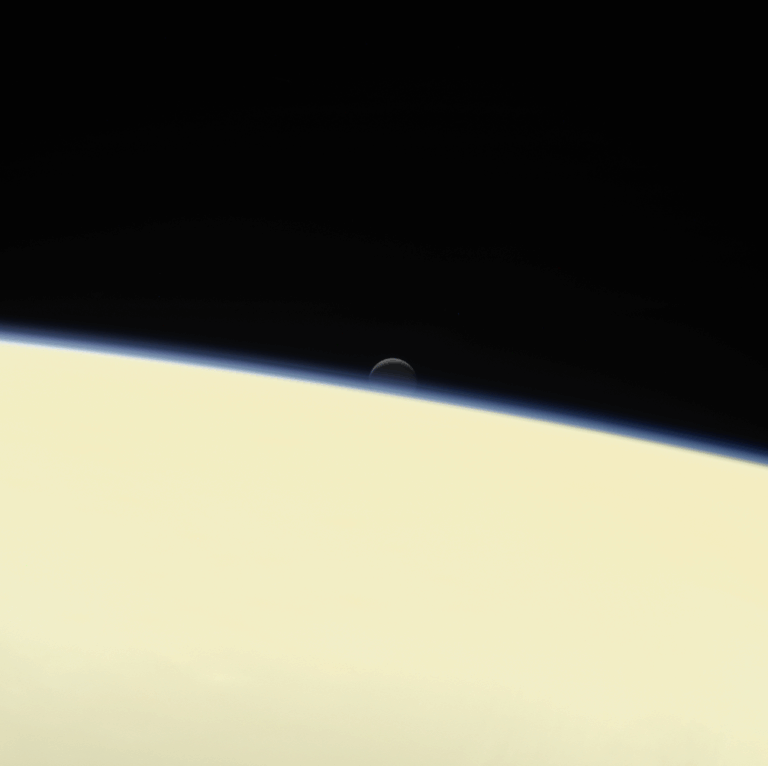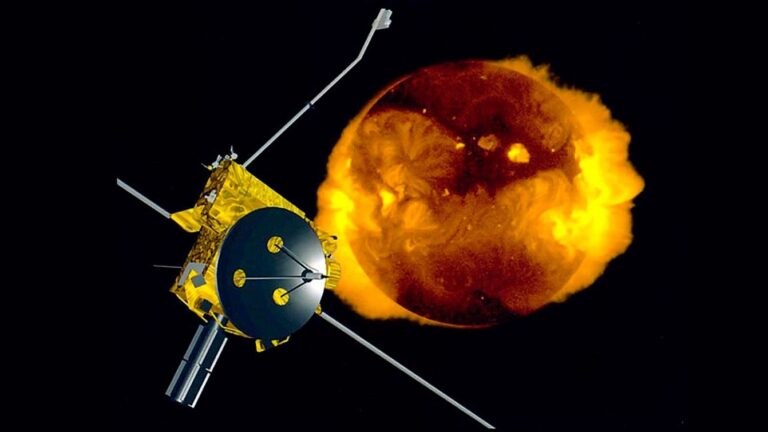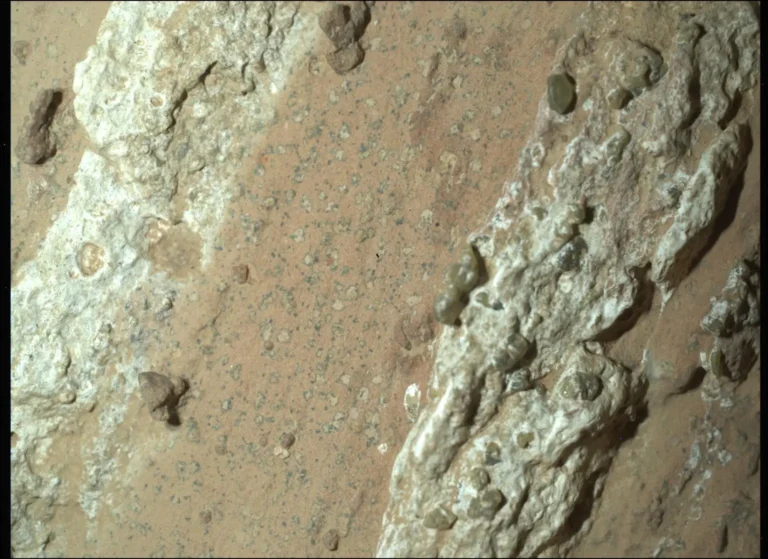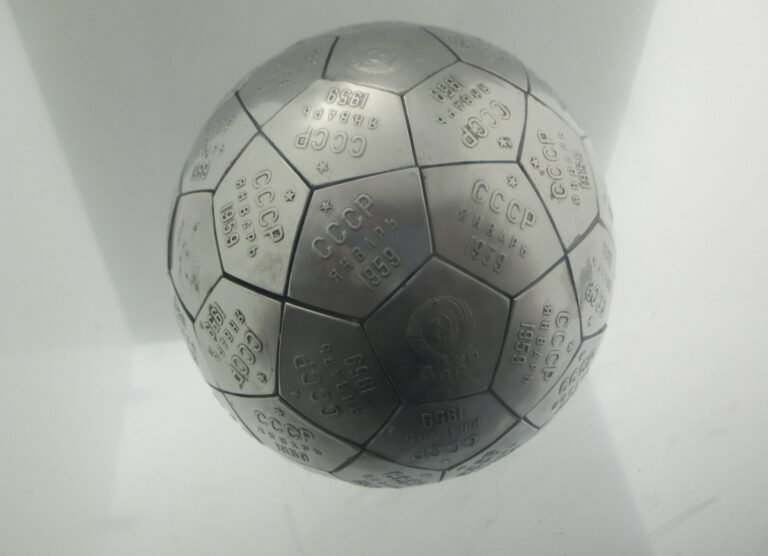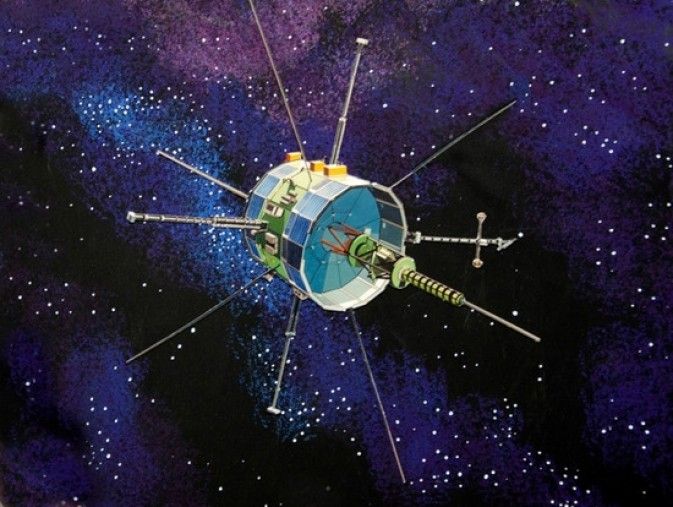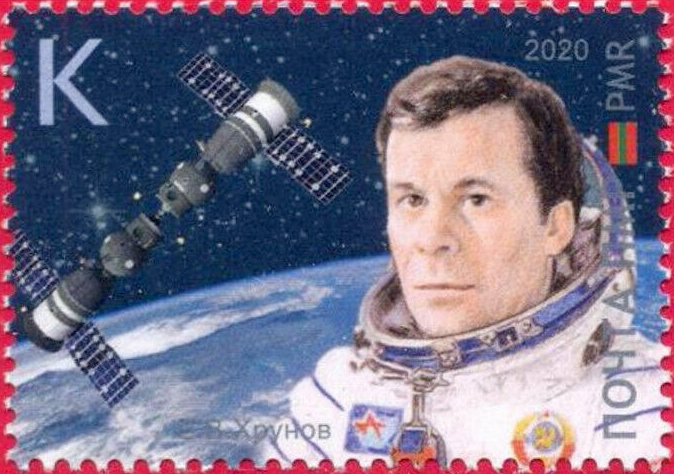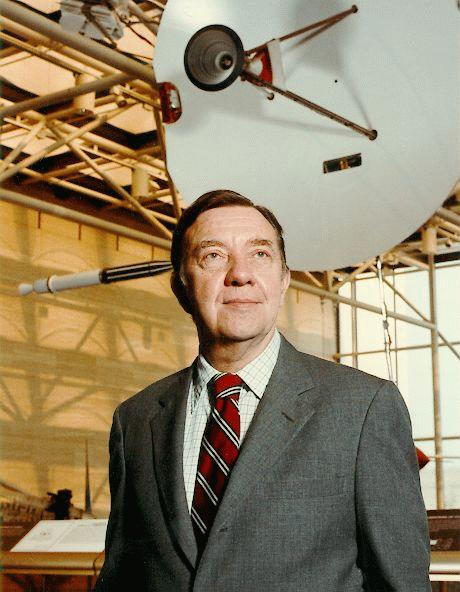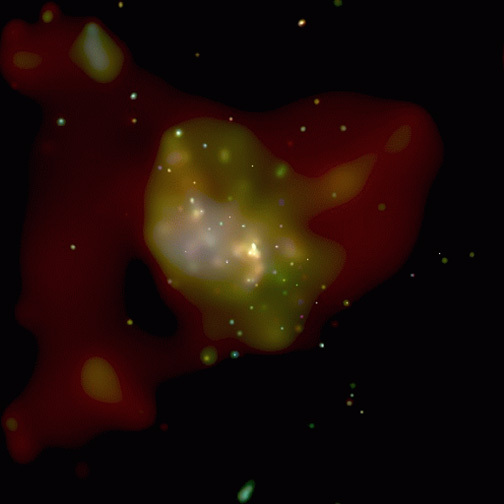Key Takeaways:
Loeb quickly reels some off to me over the phone (hands-free) during a drive home from work: About 25 billion stars, roughly one-quarter of those that reside in the Milky Way, lie in a habitable zone. He rounds that down to an even 10 billion to keep the calculations simple. “And then there are about a trillion galaxies like the Milky Way,” he says, “which means there are about 1022 [10 billion trillion] planets in the observable universe that could potentially host life as we know it.” In other words, searches for extraterrestrial life have barely scratched the surface. “As in other areas of exploratory science,” Loeb says, “we should investigate thoroughly before making sweeping pronouncements.”
Most of the searching so far, he adds, has been in the radio range, where scientists have examined a tiny fraction of the possible frequencies in an equally tiny fraction of the possible search space. Surveys in optical wavelengths have been much less extensive. For any new technology we develop, Loeb says, we should consider whether, somewhere, an alien civilization might have developed it, too, possibly leaving behind some detectable traces. “As our technology improves, that can help us imagine things we haven’t imagined before and explore things we haven’t searched for before.”
Florida Tech physicist Manasvi Lingam described his collaboration with Loeb during a postdoctoral fellowship as “exhilarating.” From 2017 to 2019, Lingam and Loeb wrote 25 research papers and a forthcoming book, Life in the Cosmos: From Biosignatures to Technosignatures, that provides a wide-ranging discussion of SETI techniques. “With Avi, there’s always a fast turnaround time,” Lingam says. “We always try to look for left-field ideas that are nonetheless testable.”
Loeb is fearless because some of his out-there ideas have been publicly rebuked by other astronomers, says Penn State astronomer Jason Wright.
But Loeb is rarely deterred by disapproving remarks, saying skepticism “can be a self-fulfilling prophecy.” It’s far better to look, he says, than to assume there’s nothing to be seen. That attitude is apparently shared by NASA. It recently gave Loeb and others the first SETI-related grant in over 30 years that specifically supports innovative search strategies. Here are some of the unconventional notions he and his colleagues have advanced for enlarging the scope of SETI, and perhaps catching a glimpse of E.T. in the process.
Far from the city lights
Loeb and Princeton University astronomer Edwin Turner are kindred spirits who enjoy batting around speculative ideas. “The conservative impulse that serves science well in some ways doesn’t serve us well when it comes to generating hypotheses,” says Turner. While touring Abu Dhabi a decade ago, and learning that Dubai is so bright it can be seen from outer space, Loeb and Turner started to wonder whether our telescopes could pick up light from an alien city. After some quick calculations, they determined that the Hubble Space Telescope (HST) would be able to detect light pollution from a city on the outer edges of the solar system, well beyond Pluto, and new, more advanced telescopes could extend that range considerably farther.
Suppose we measure the brightness of a radiant object and repeat that measurement after the object has moved twice as far away from us, heading away from the Sun. If the object was natural, such as a previously unknown planet or asteroid, and merely reflecting light from the Sun, its brightness would decrease by a factor of 16: Its brightness (as measured from Earth) would have dropped off fourfold during the light’s journey from the Sun to the object (since two squared equals four) and another fourfold during its journey back to us. If, on the other hand, the object was a luminous spacecraft, its brightness would drop off only by a factor of four since it produces its own light rather than reflecting it from the sun.
If our measurements of a distant light source indicate a fourfold drop in intensity, we should not immediately start worrying about an alien invasion, says Turner. “But we will want to point other telescopes there and … try to figure out what’s going on.”
Pollution as the solution to dilution
In 1990, as the Galileo spacecraft flew past a planet in our solar system, its instruments found evidence of an atmosphere rich in oxygen and methane — signs that the scientific team, led by Carl Sagan, deemed “strongly suggestive of life.” The planet in this case was Earth, and the exercise was mainly a proof of concept. But the HST has already started examining the atmospheres of planets around other stars, called exoplanets. And its successor, the James Webb Space Telescope, which is scheduled for launch in 2021, will soon probe atmospheres of even more distant planets, looking for biological signatures of life.
The James Webb telescope could spot the presence of these molecules in an exoplanet’s atmosphere, the researchers concluded, if concentrations were 10 times current terrestrial levels. Observing high levels of these long-lived pollutants and no signs of life-sustaining molecules like oxygen, Loeb and his coauthors said, “might serve as an additional warning to the ‘intelligent’ life here on Earth about the risks of industrial pollution.”
The edge effect
A 2005 paper in the journal Astrobiology by MIT astronomer Sara Seager and three other researchers identified a distinct feature of an Earthlike planet covered with large stretches of vegetation. Plants appear green because they reflect light in the green part of the spectrum, but at higher wavelengths, between the red and infrared range, reflectance shoots up dramatically. A graph of reflectance versus wavelength shows a steep rise at a wavelength of 700 nanometers that creates a pronounced “red edge” — a feature, though not evident to the human eye, that’s readily observable by telescopes with spectral sensitivity.
In 2017, Lingam and Loeb got to wondering: What if an exoplanet was covered by vast tracts of photovoltaic arrays instead of boundless greenery? Massive structures like this, Lingam and Loeb reasoned, would produce an artificial spectral edge analogous to the red edge caused by vegetation, though occurring at different wavelengths (depending, of course, on the materials making up the arrays). They calculated where the spectral edge would lie for silicon-based solar cells — a reasonable choice given silicon’s abundance in the universe — and those composed of other widely used photovoltaic ingredients, including gallium arsenide and perovskite. Future telescopes, such as WFIRST, set to launch in the mid-2020s, would be capable of detecting a “silicon edge,” should it exist.
Lingam and Loeb believe that such an analysis would be particularly powerful when applied to exoplanets that are “tidally locked,” meaning they keep the same orientation with respect to the parent star and therefore have permanently light and dark sides. An inhabited planet equipped with large-scale solar-electric generation could illuminate the dark side, and other installations might release significant amounts of waste heat on the cooler, darker side — developments that could be visible from afar and might remain visible after an alien civilization has gone extinct or migrated to another home.
Although these photovoltaic arrays would undergo wear and tear, Lingam and Loeb wrote in the Monthly Notices of the Royal Astronomical Society, “they can remain functional for a duration of time that is not insignificant by astrophysical standards and would thus represent genuine extraterrestrial artifacts.” If artifacts are someday spotted, they write, it could be an early, if not the first, example of a new field: “interstellar archaeology.”
The mystery of FRBs
The first fast radio burst (FRB), an intense blast of radio waves emanating from outside our galaxy and lasting just a few milliseconds, was spotted in 2007. Astronomers have since seen more than 100 others. “The popular view is that these bursts come from young neutron stars with very strong magnetic fields,” says Loeb. But that supposition has not been confirmed. And there may not be a single source, he adds, because there are at least two types of bursts — a small minority that repeat and most that do not.
Naysayers might dismiss this, insisting that “extraordinary claims require extraordinary evidence,” Loeb notes. “I say that they require evidence, but why should they be held to a higher plane? We should not automatically dismiss explanations just because they seem exotic to some people.”
Searching for artifacts
“When exploring habitable worlds around other stars, we might … find planets with burnt-up surfaces, abandoned mega-structures or planetary atmospheres rich with poisonous gases and no sign of life,” Loeb has written. One might also see an extensive network of unnatural platforms or satellites orbiting another star — perhaps part of a hypothetical energy-gathering enclosure called a Dyson sphere.
Something like this, if sufficiently large, could be spotted by NASA’s Transiting Exoplanet Survey Satellite (TESS), which looks for dips in the brightness of a star caused by a planet passing in front of it. TESS could also detect dips caused by the passage of giant artificial mega-structures. Officials announced in October 2019 that TESS would collaborate with Breakthrough Listen — a $100 million SETI initiative, the largest and most generously funded in the field’s history.
Listen’s ground-based telescopes would focus on potentially habitable planets identified by TESS. Loeb cites the example of Tabby’s Star: Discovered in 2016, two years before the TESS launch, it exhibited a peculiar dimming pattern, prompting some to speculate that it was surrounded by some kind of alien structure. It turns out that our view was blocked by an oddly shaped disk of dust, Loeb says, but that’s the kind of irregularity TESS scientists would be looking for.
Searching for interstellar visitors
On Oct. 19, 2017, an astronomer using Hawaii’s Pan-STARRS telescope discovered an object moving past the sun at 196,000 miles per hour (315,431 km/hr), so fast that it almost surely originated from outside the solar system. The object, dubbed ‘Oumuamua — Hawaiian for “first scout from a distant place” — was initially classified as an asteroid and then a comet and more recently as a chunk of hydrogen ice.
In a July 2019 article in Nature Astronomy, an international team of 14 astronomers reached a different conclusion, contending that ‘Oumuamua is a natural object, despite its peculiar properties.
In the meantime, a second interstellar visitor, Comet Borisov, was discovered in 2019, whipping around the sun at 110,000 mph (177,027 km/hr). This object is “clearly not artificial,” Loeb says, “because it looks like any other comet we’ve seen before.” But there soon should be many more interlopers to look at. The Pan-STARRS observatory has given us the capacity to survey the entire sky, and the Vera C. Rubin Observatory, expected to begin an even broader survey in 2022, “will be much more sensitive,” Loeb says, “a bigger and better telescope that could potentially detect an ‘Oumuamua-type object every month.”
When it comes to SETI, evidence ultimately carries the day, Loeb insists. “We should collect evidence without prejudice, without assuming we know the truth in advance, and see what we learn.” On the other hand, he says, we should be open-minded and allow for some risk-taking in our pursuit of that evidence. As the physicists Giuseppe Cocconi and Philip Morrison wrote in 1959, one year before SETI began: “The probability of success is difficult to estimate, but if we never search, the chance of success is zero.”

